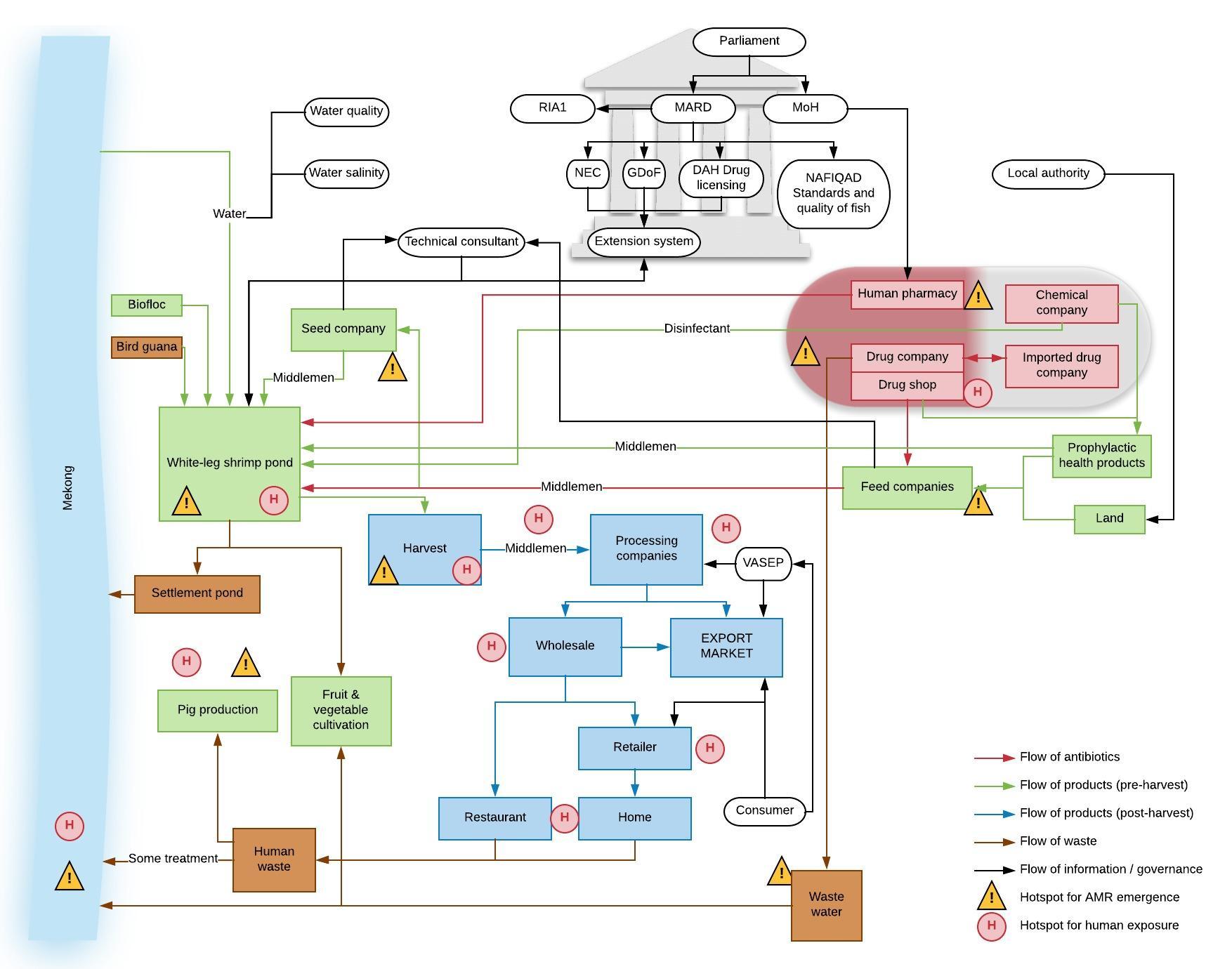
AMFORA: Applying a One Health systems approach to formulate strategies for mitigating risk to human health of AMR in Aquaculture
The aim of AMFORA is to use a ‘systems-thinking’ approach to map aquaculture systems and identify hotspots for the emergence and selection of resistance and human exposure to antibiotics and antibiotic-resistant organisms.
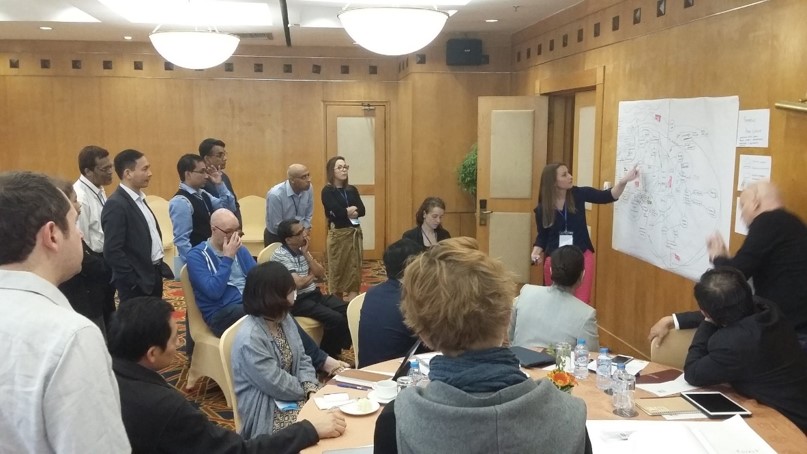
Challenge
Aquaculture systems are highly complex and influenced by environmental, biological, cultural, socio-economic and human behavioural factors. The growing importance of aquaculture is fuelling a transition of small-scale farming to industrial intensification in LMICs. This transition is likely to be driving the extensive and often indiscriminate use of antibiotics in these systems to treat or prevent disease and increase productivity, often to compensate for management and husbandry deficiencies. But enforcement of regulations for the responsible use of antimicrobials is often inefficient and surveillance or monitoring of antimicrobial usage (AMU) and antimicrobial resistance (AMR) in these countries is lacking or absent.
The aim of AMFORA is to use a ‘systems-thinking’ approach to map aquaculture systems and identify hotspots for the emergence and selection of resistance and human exposure to antimicrobials and antimicrobial-resistant organisms. This will enable the identification of potential drivers of AMU and interventions to reduce AMU.
Solution
Two interdisciplinary workshops were held in 2018, one in Vietnam and one in Egypt. As well as addressing the aim above, both workshops were designed to develop systems thinking and experience in mapping systems, to build collaborations and understanding of different expertise. The workshop in Vietnam focused on three systems: white-leg shrimp production and pangasius production in Vietnam, and tilapia production in Bangladesh, while the workshop in Egypt focused on local tilapia production.
In each system, the grow-out ponds were identified as the most likely hotspot for emergence of resistance due to direct and indirect AMU, disposal of human and animal faeces and longer productive periods (in the three species assessed). Moreover, the value of the stock was described to be an incentive for using antibiotics at this stage.
A number of hotspots for potential human exposure to resistance genes and/or residues and for AMU were identified. The main pathways for exposure included: occupational (at the farm and different handling points along the value chain), through consumption (bacterial cross-contamination and residues) and from different environmental routes. The environment was acknowledged as an often neglected pathway in AMR studies, leading to uncertainty as to the role of the environment as both an output of and an input into the system.
A number of drivers of AMU and AMR were identified. Drivers of AMU included a lack of alternatives to antibiotics such as vaccines, lack of knowledge and awareness of AMR, insufficient regulation and the potential role of antibiotics as growth promoters. Drivers of AMR included the use of antibiotics directly, or indirectly, through the use of manure from poultry and other species to enrich the ponds, and pollution of water and other resources with antibiotics or resistance genes.
Impact
These workshops have identified potential interventions as well as key knowledge gaps, and provide a template for more detailed characterisation of the systems to explore how the features of the system influence human exposure to AMR. Our ultimate goal is to develop a smart, risk-based approach to monitoring and evaluating the likelihood of exposure to AMR that will be generalisable and thus transferable to other systems and countries.
Partners
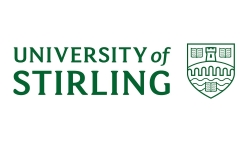
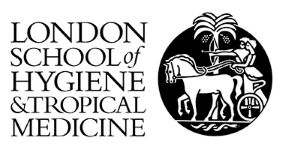
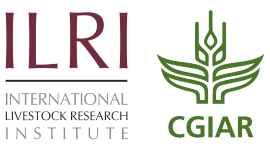
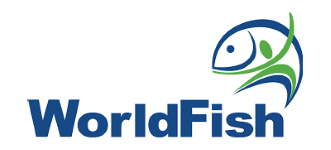
Chittagong Veterinary and Animal Science University, Bangladesh
Research Institute for Aquaculture No. 1, Vietnam
Kafrelsheikh University, Egypt
Publications
| Title | Publication | Year |
| Typology of interventions for antimicrobial use and antimicrobial resistance in aquaculture systems in low- and middle-income countries | International Journal of Antimicrobial Agents | 2021 |
| Systems-thinking approach to identify and assess feasibility of potential interventions to reduce antibiotic use in tilapia farming in Egypt | Aquaculture | 2021 |
| Identifying hotspots for antibiotic resistance emergence and selection, and elucidating pathways to human exposure: Application of a systems-thinking approach to aquaculture systems | Science of the Total Environment | 2019 |
